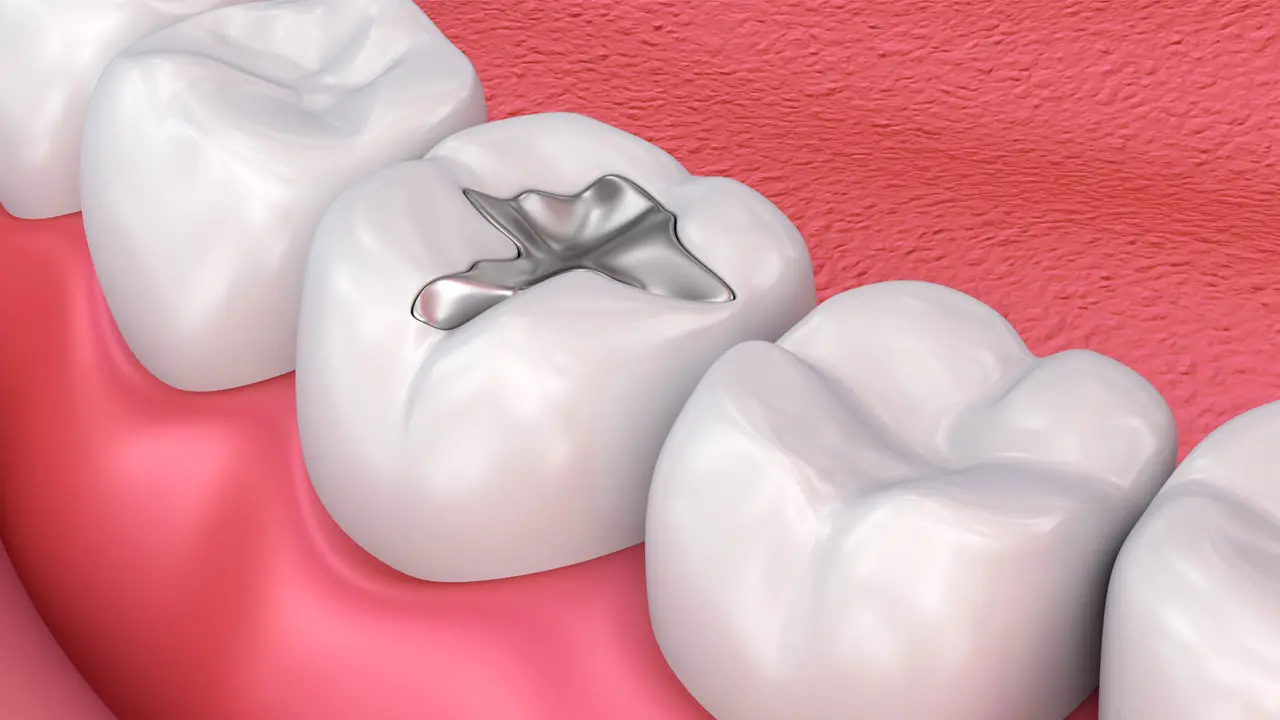
You do what you can to keep up your oral health, from brushing twice daily to flossing regularly, but sometimes a trip to the dentist still comes with the revelation that you have a cavity or two. While hearing your dentist tell you of your tooth decay can be somewhat distressing, don’t be too hard on yourself. An estimated 9 in 10 adult Americans have some form of tooth decay at any given moment! While cavities are never the goal, luckily dentistry has developed a surefire and safe way to fill them and get your teeth back to their optimum health. Fillings come in both metallic and non-metallic forms, but have you ever considered what the differences between these two may be?
Non-Metal Fillings
Modern, non-metal fillings come in two common forms: composite and glass ionomer.
- Composite Resin Fillings: These tooth-colored fillings are made of a combination of resin and glass and blend naturally with the appearance of your teeth. While they are designed to last a long time, they do not have to longevity of traditional metal fillings.
- Glass Ionomer: Glass ionomer fillings are also tooth colored and blend seamlessly with your natural teeth. Made of powdered glass, glass ionomer fillings bond with your teeth after they have been placed so they stay firmly in place of the cavity.
Metal Fillings
Metal fillings have been used in dentistry for over a century and are tried and tested. They also come in two varieties: dental amalgam and gold.
- Dental Amalgam: Dental amalgam fillings are silver in color and composed of a variety of metals that include liquid mercury, powdered copper, silver, and tin. Mercury acts as binding agent in these fillings, creating a strong and durable bond between the other metals. Because dental amalgam is so durable, it makes a great option for filling cavities in back teeth that see a lot of pressure and chewing. However, their distinct coloring can be distracting and unappealing to some customers.
- Gold: This type of filling is the most durable, lasting up to twenty years! Sometimes referred to as inlays or onlays, gold fillings are made of a mixture of gold and copper. While durable and long lasting, gold fillings can be expensive and are also visually distracting.
Food for Thought
The type and location of the cavity you have will help your dentist determine what type of filling is best for you, but at the end of the day the decision is yours. It is important to consider that non-metal fillings look more natural in the mouth but may not last as long. Additionally, it is worth noting that the mercury found in dental amalgam fillings is not the same mercury that is detrimental to human health.
Having a cavity filled is a routine procedure that should be both mentally and physically pain free. If you are concerned over having a cavity filled, or if you have any questions about the process, never hesitate to ask your dentist to clarify what your options are.
To schedule your next filling, give us a call at Valley Dental Care in Aurora or Oswego today!

